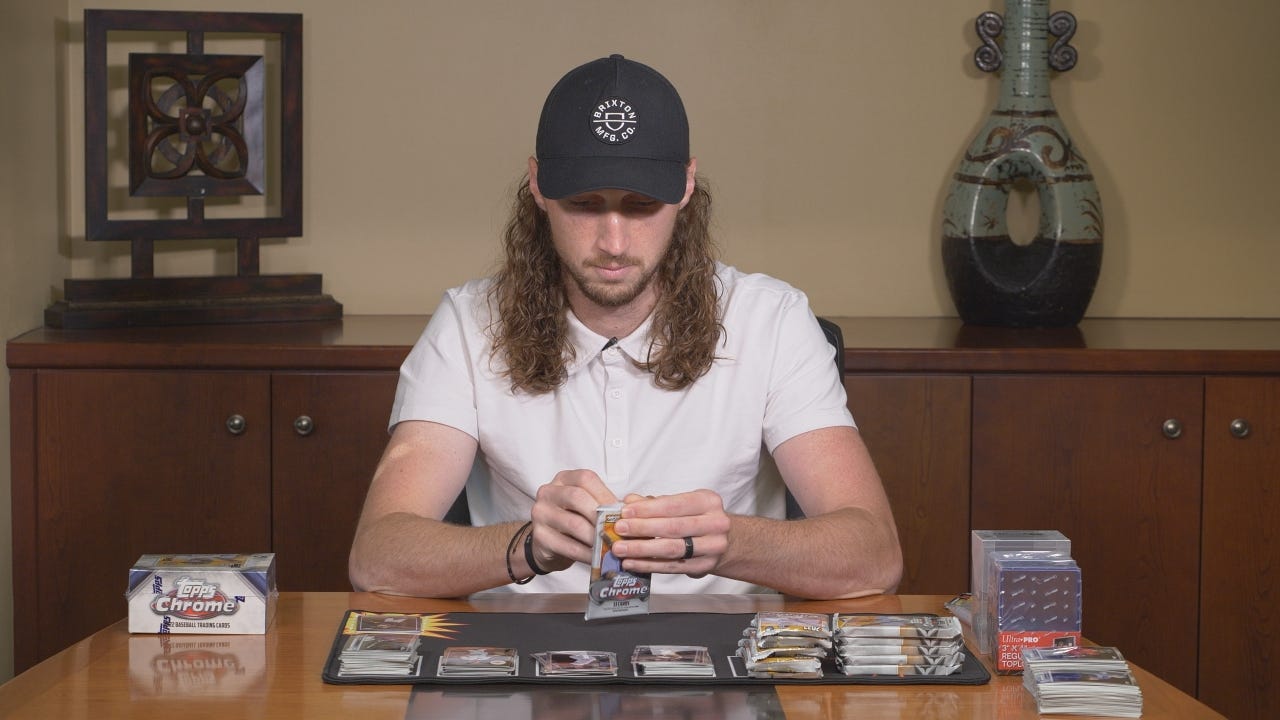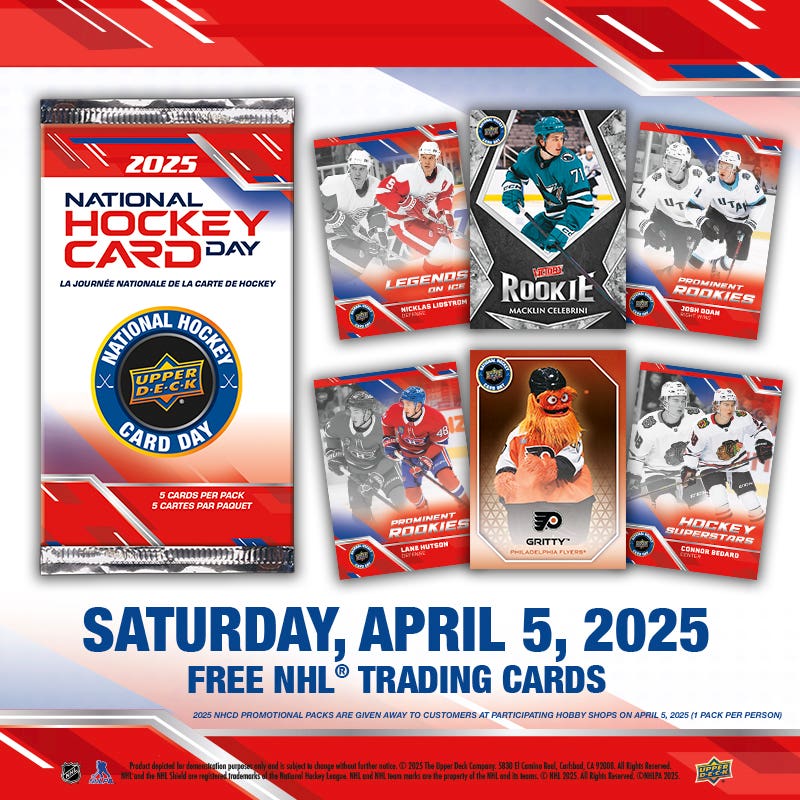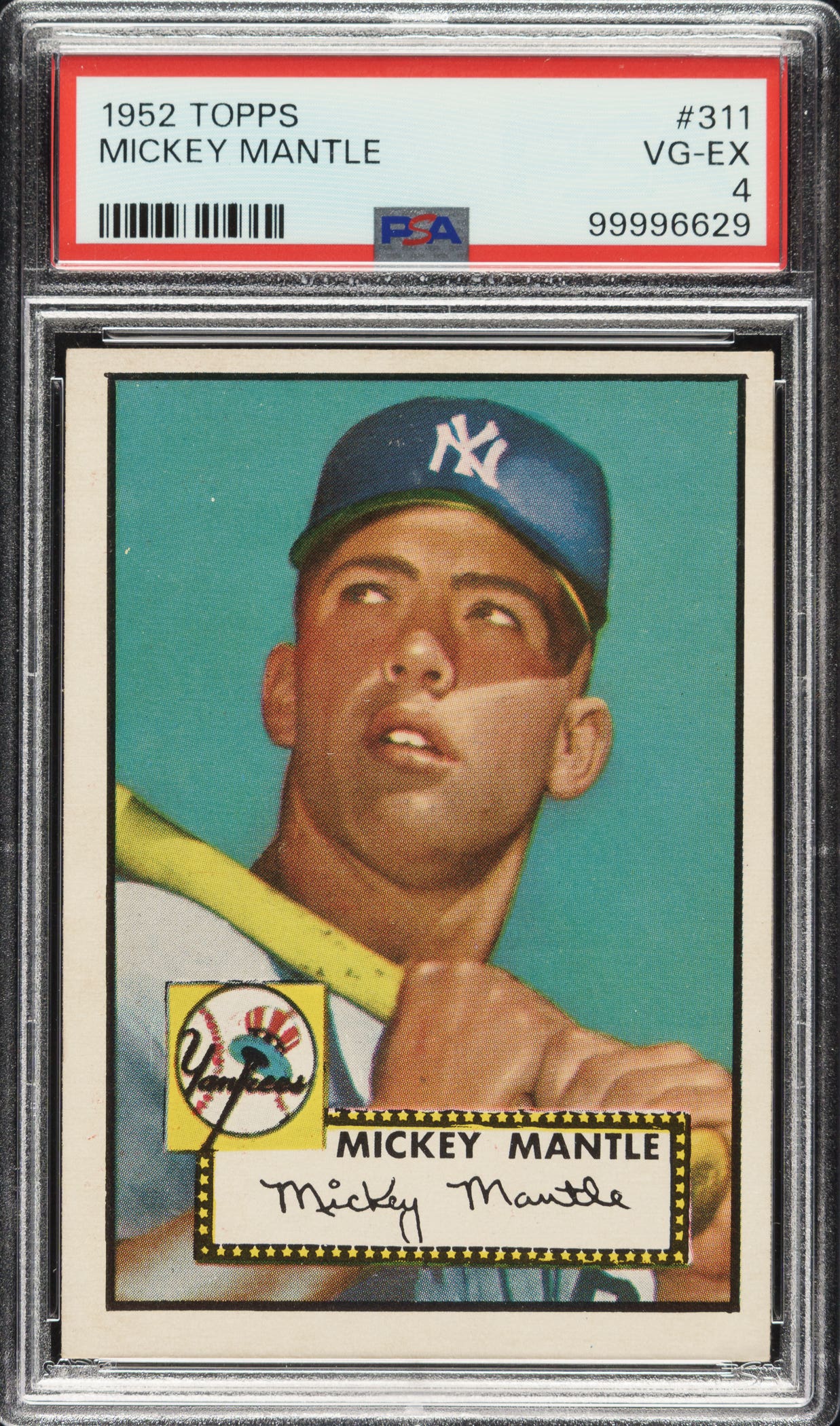
Cards
Hodges flexichrome was Bowman, not Topps
Two of the most respected vintage card experts in the country spotted a goof I made in the July 30 issue. Well, sort of a mini-goof, really, and it involved one of my all-time favorite players and a guy I continue to champion for his rightful place in the Hall of Fame.
In that issue I ran a color image of a Gil Hodges flexichrome that I identified as being from Topps. Technically speaking, it was from Topps, since it came from the Topps archives, but that is because Topps must have got it when the company swallowed up rival Bowman in 1956.
The Hodges flexichrome came from the catalog of the 1989 Guernsey’s auction of the Topps archival material, but as both Keith Olbermann and Bob Lemke pointed out, the image was actually used in Hodges’ 1955 Bowman card.
Olbermann also explained that the photos were all taken at Connie Mack Stadium in 1954, an observation he made after looking at dozens of photos from the same shoot, some colorized and some not.
A few days after getting those e-mails, I was researching something unrelated for an SCD story and came across some fascinating numbers from the 1982 Hall of Fame voting tabulations.
Coincidentally – from my perspective – it was also the year that Henry Aaron and Frank Robinson went in as first-ballot no-brainers, but for this discussion I’m more interested in the 1982 also-rans.
Eventual Hall of Famers Juan Marichal, Harmon Killebrew, Hoyt Wilhelm and Don Drysdale finished above Hodges’ and his 49.4 percent in that vote; the percentage represented 205 total votes from a BBWAA roster barely above 400 at the time.
Luis Aparicio, Jim Bunning, Red Schoendienst, Nellie Fox, Richie Ashburn, Billy Williams and Orlando Cepeda all finished below Hodges, with vote totals ranging from 171 to as few as 42, in respective order.
Hodges had been dead nearly 10 years at that point; makes you wonder what exactly his faux pas was over the ensuing years that sent his candidacy in the other direction while those he bested in 1982 resumed the trek to Cooperstown.








